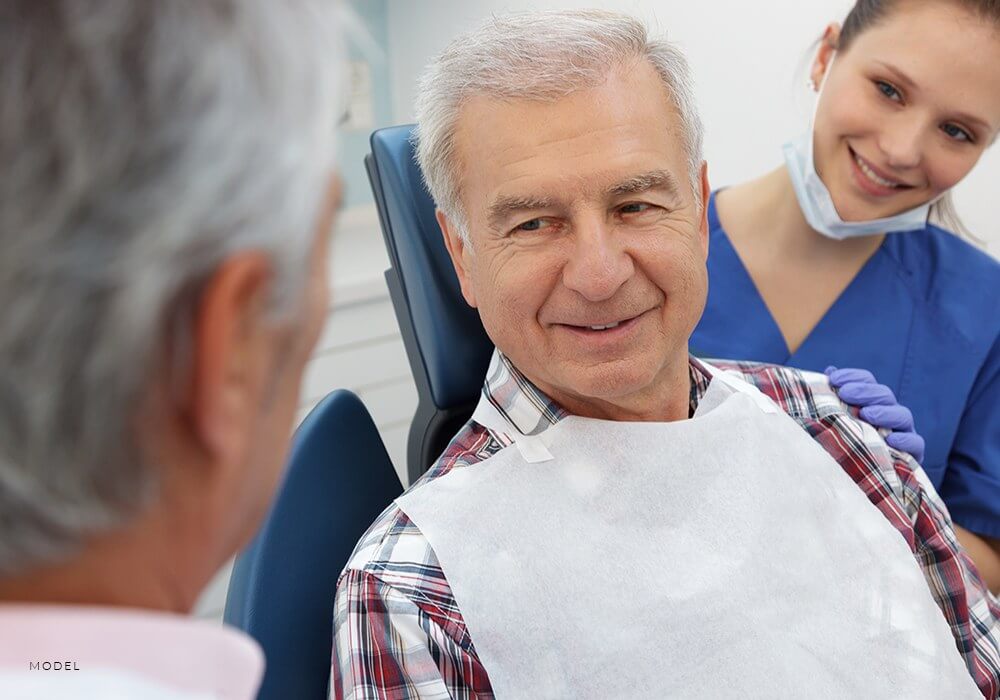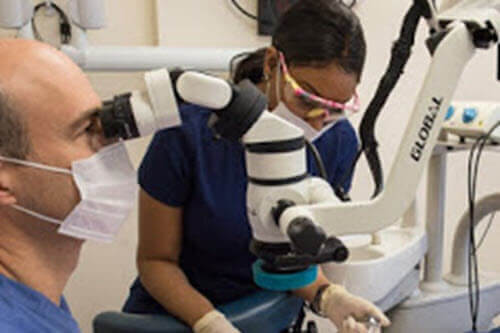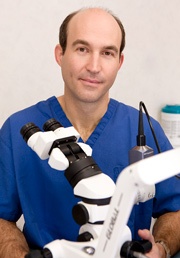Drug Allergies

Should all NSAIDS be avoided in patients with aspirin reactions? Most aspirin and NSAID reactions AREN’T immune-mediated or TRUE allergies. Most are sensitivities due to inhibition of COX-1 which triggers leukotriene productions…leading to bronchospasm, hives, etc. Patients with aspirin sensitivity are usually also sensitive to NONselective NSAIDS such as ibuprofen, naproxen, ketorolac, etc. Avoid nonselective […]
Biotypes

The April 2010 edition of the Journal of Periodontology had an article entitled “Tissue Biotype and Its Relation to the Underlying Bone Morphology”, authored by Jia-Hi Fu et al. In the article, Cliffy’s and Shanley’s tissue biotype definitions are referred to. They define thin tissue as having a gingival thickness of <1.5 mm, and thick tissue […]
NYC Periodontal Office Technology

Over the past year, I have incorporated the use of resonance frequency analysis (RFA) to help determine when a dental implant is ready for loading. I wanted to prevent the infrequent situation where the restorative dentist and patient have invested much time and expense in creating a final abutment and crown, too, but unfortunately, find […]
Covering Exposed Crown Margins with Connective Tissue Grafts

Even after recent crown insertion, patients often present with exposed crown margins. I am frequently surprised when I see ample width and thickness of keratinized tissue, associated with gingival recession. This dilemma can be predictably resolved with root coverage techniques. Using a subepithelial connective tissue graft and microsurgical techniques can result in coverage of the […]
A New Approach to Saving Teeth Without Surgery
Periodontal diseases can result in tooth loss. Periodontal disease has multiple causes. Topping the list are bacterial plaque and calculus (deposits). With traditional care, the first phase of treatment for moderate to severe periodontal disease is a non-surgical approach, scaling and root planning. Research has shown that although this phase of treatment results in the […]
Occlusion and Periodontal Diseases
An interesting article was recently published in the Journal of Clinical Periodontics entitled The Association of Occlusal Contacts with the presence of increased periodontal probing depths written by Harrel, S and Nunn, M. The study evaluates relationships in humans between various occlusal contacts and the presence of deeper probing depths, reduced width of keratinized tissue […]
The Results of Instant Provisionalization of Immediate Single-Tooth Implant

If primary implant stability permits it, immediate single-tooth implants should be instantly provisionalized in the interest of optimal mid-facial esthetics